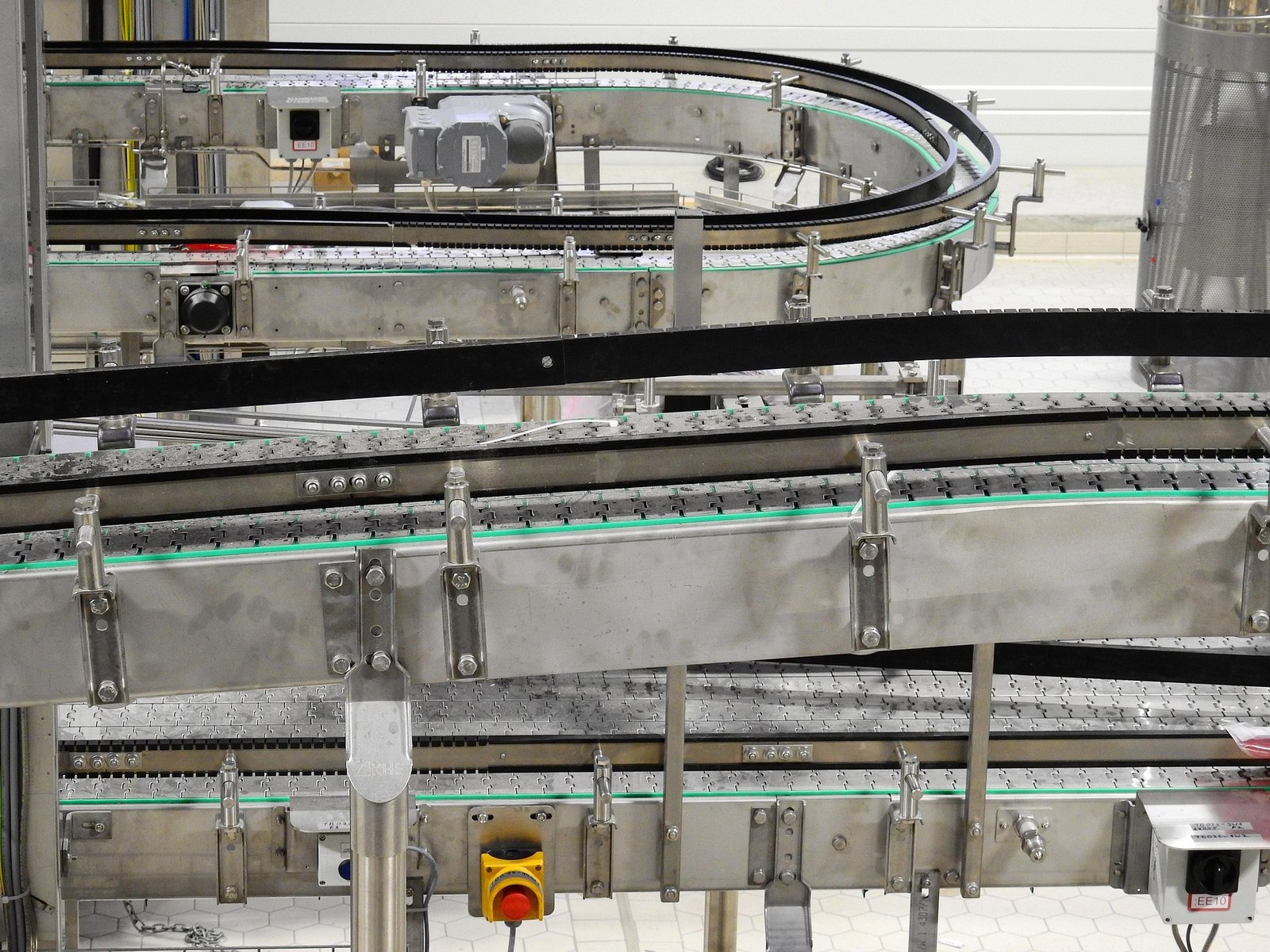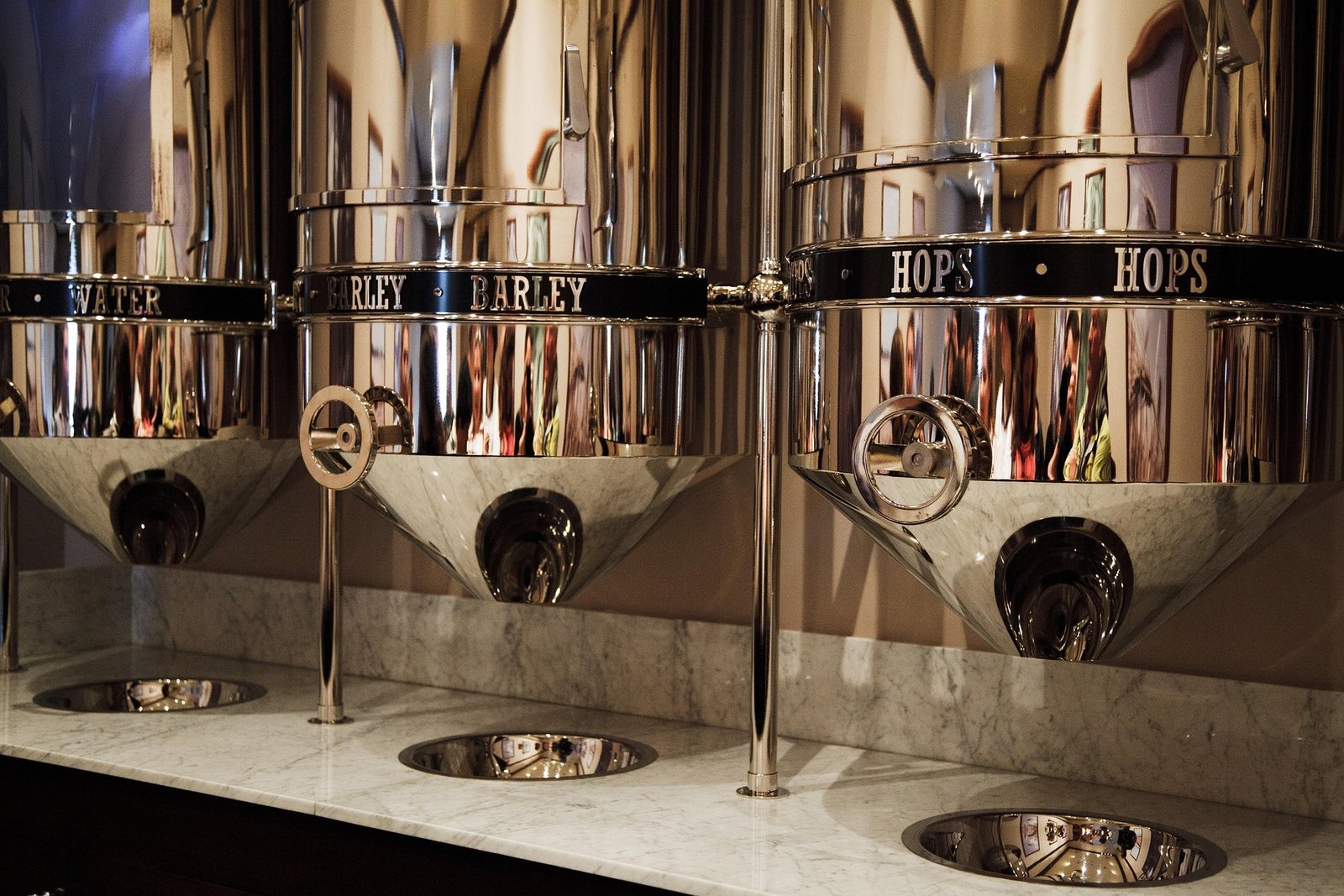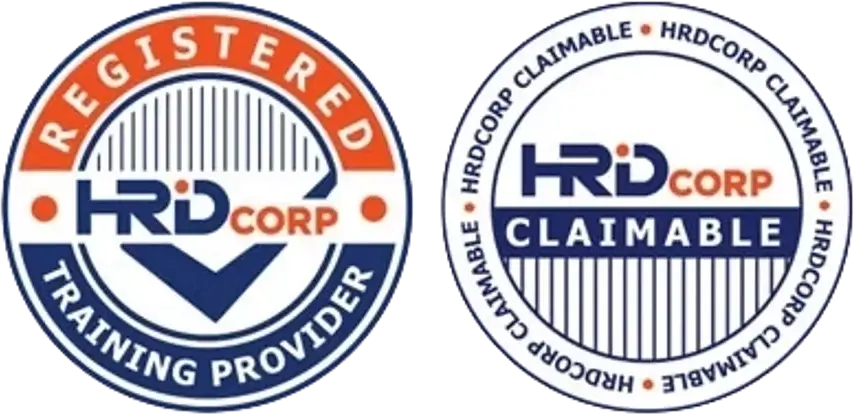Are Your Cleaning Records GMP-Compliant or Just Cosmetic?
Cleaning is essential — but cleaning records are the proof your facility needs to pass GMP inspections.
The question is:
Are your cleaning records truly GMP-compliant…
Or just a box-ticking exercise?
Let’s uncover what GMP-compliant cleaning records must include and how to avoid the traps of “cosmetic compliance.”

✅ What Makes Cleaning Records GMP-Compliant?
1. Clear Identification of the Cleaning Activity
-
📍 Equipment or area cleaned (ID, name, or location)
-
🕒 Date and time of cleaning
-
👤 Name and signature of the person who cleaned
-
✅ Verified by a supervisor (with signature)
2. Detailed Cleaning Method Used
-
🧽 Specific SOP or WI referenced
-
🧴 Cleaning agents or disinfectants used (with batch numbers)
-
⏱️ Contact time, dilution ratio, and application method
3. Frequency & Schedule
-
🗓️ Daily, weekly, monthly — clearly stated
-
📌 Schedule matched against production cycle or risk level
-
🔁 Verified as “clean before use” if required by SOP
4. Verification or Swab Test Records
-
🔬 Microbiological swabbing or ATP test results (if applicable)
-
📈 Records must show trend analysis over time
-
🧾 Include result, date, person who tested, and corrective actions (if failed)
5. Legibility and Traceability
-
✍️ No pencil, no correction fluid
-
🧾 Amendments must be signed and dated
-
🔗 Linked to batch records or cleaning logs for traceability
❌ Signs Your Cleaning Records Are Just Cosmetic
-
✅ Checkboxes with no detail (e.g. “Cleaned” without context)
-
📅 Dates pre-filled or backdated
-
🧪 No swab results or verification process
-
🧻 Missing cleaning agent batch numbers
-
🤔 Same handwriting for multiple staff members
-
🧼 Equipment marked as cleaned while in active use
🏭 GMP Auditors Will Look For…
🔍 During a Site Audit:
-
Are cleaning records complete, real-time, and accurate?
-
Do logs reflect actual practices on the shop floor?
-
Can staff explain cleaning SOPs and frequencies?
-
Are there records for both routine and deep cleans?
-
Are corrective actions documented for failed swabs?
🧾 Cleaning Record Must-Haves: Quick Checklist
| Required Item | Included? |
|---|---|
| Equipment/area ID | ☐ |
| Cleaning date & time | ☐ |
| Person responsible (with signature) | ☐ |
| Cleaning SOP or WI referenced | ☐ |
| Cleaning agent name & batch number | ☐ |
| Dilution ratio and method | ☐ |
| Verification signature | ☐ |
| Swab test result (if applicable) | ☐ |
| Any deviation or corrective action recorded | ☐ |
💡 Pro Tips to Upgrade Your Cleaning Records
-
🔁 Automate using digital logbooks or cleaning apps
-
📷 Include “before and after” photos (especially in high-risk areas)
-
🧑🏫 Regularly train cleaning staff on why records matter
-
📚 Keep SOPs visible and accessible near cleaning zones
-
🛠️ Review and audit cleaning records monthly to catch gaps early

📍 Final Thoughts
Under GMP, if it’s not documented, it didn’t happen.
Cleaning records aren’t just about proving something was done — they must demonstrate control, traceability, and accountability.
So, ask yourself again:
Are your cleaning records truly GMP-compliant… or just cosmetic?
📞 Need help building or auditing your GMP cleaning documentation?
CAYS Scientific helps food and manufacturing companies implement robust, audit-ready GMP systems — from the floor to the file.
👉 Contact us today to book a free consultation or audit checklist!


